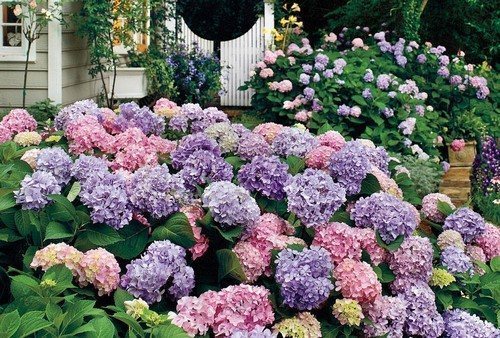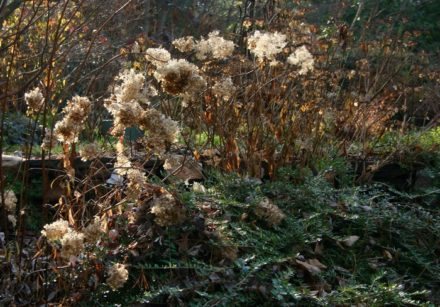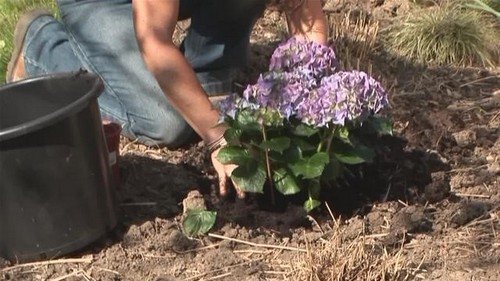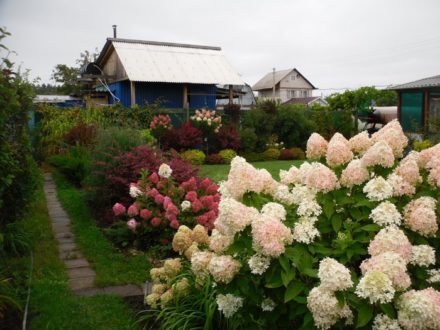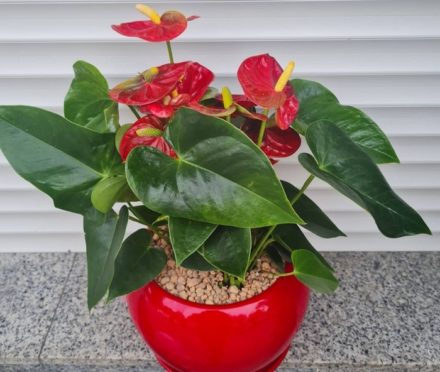At the end of September - in October, perennial flowers begin to be planted in the gardens. Gardeners love hydrangea for its bright appearance and ease of care. When planting a noble flower in autumn, it is important to avoid possible mistakes that could destroy it.
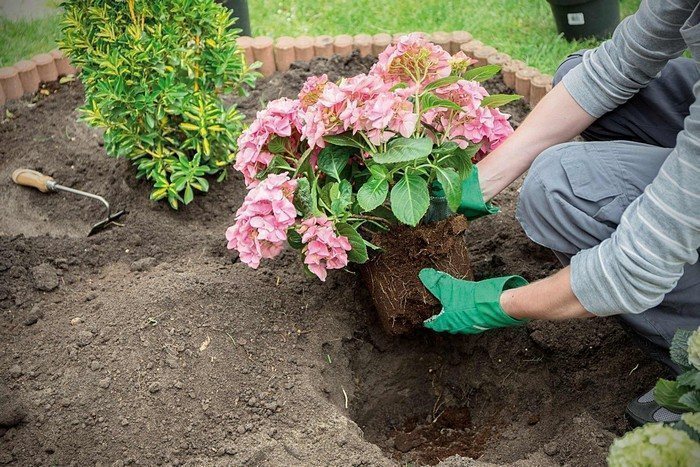
Planting in rainy weather
Planting hydrangeas during the period of prolonged autumn rains is undesirable. High humidity combined with low temperatures can lead to infection with fungal diseases.
In autumn, there is not enough solar heat to protect the flower from mold, and its own immunity after transplantation is reduced. Before frost, the disease manages to affect the tissues and organs of the hydrangea, preventing rapid acclimatization to new conditions. When winter comes, such plants die.
Planting with an unformed root system
In spring, seedlings with any root system take root. In autumn, you can plant hydrangea only with fully formed roots. A seedling planted in October has time to acclimatize before permanent frosts, but it will not have time to develop a healthy root system. At the same time, young roots will not be able to provide the nutrition necessary for good survival, which will lead to the death of the flower during winter frosts.
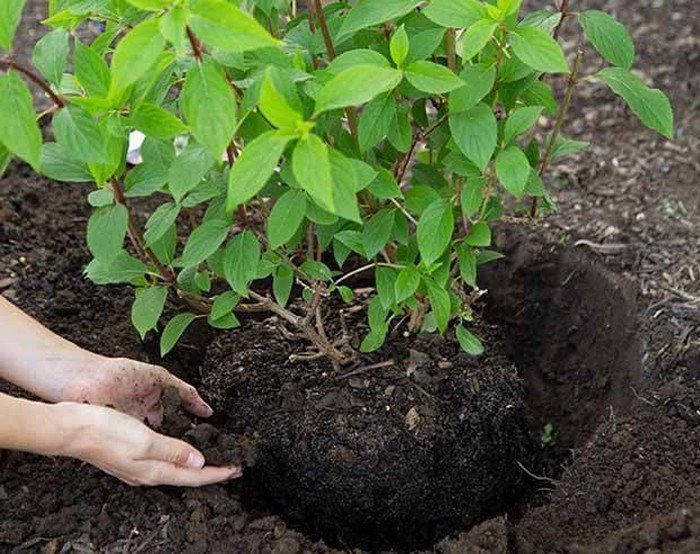
Late landing
Hydrangea is a heat-loving crop.Any strong temperature change at the time of rooting can lead to its slowdown and further death of the plant. It is not advisable to plant a bush on the eve of a sharp cold snap.
For planting work, you need to choose smooth, warm weather. It is advisable to carry it out during the Indian summer, 3-4 weeks before permanent frosts.
It is better to plant flowers in the morning. Then the flower will have time to acclimatize before the onset of evening cold.
Planting earlier than recommended can also harm the plant. Long daylight hours and heat provoke the development of young shoots, thereby weakening the strength of the plant.
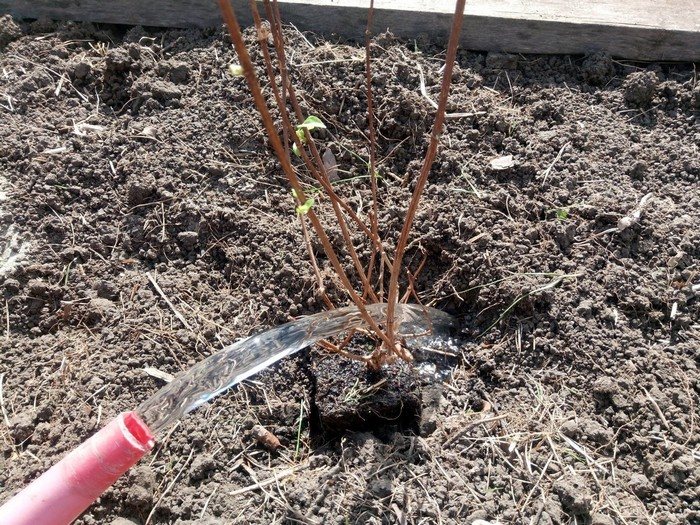
Autumn planting of unsuitable varieties
In autumn, you can safely plant paniculate and tree-like varieties. However, large-leaved hydrangea is recommended to be planted in the spring. These varieties are especially heat-loving. Any decrease in temperature can lead to their death. It is difficult for a flower planted in autumn to withstand winter frosts. A short rooting period affects frost resistance, making plants sensitive to weather conditions.
When planting hydrangeas in the fall, it is also important to take into account the composition of the soil and the quality of watering. Following simple rules for growing this magnificent plant will allow you to admire the lush flowering for more than one year.


